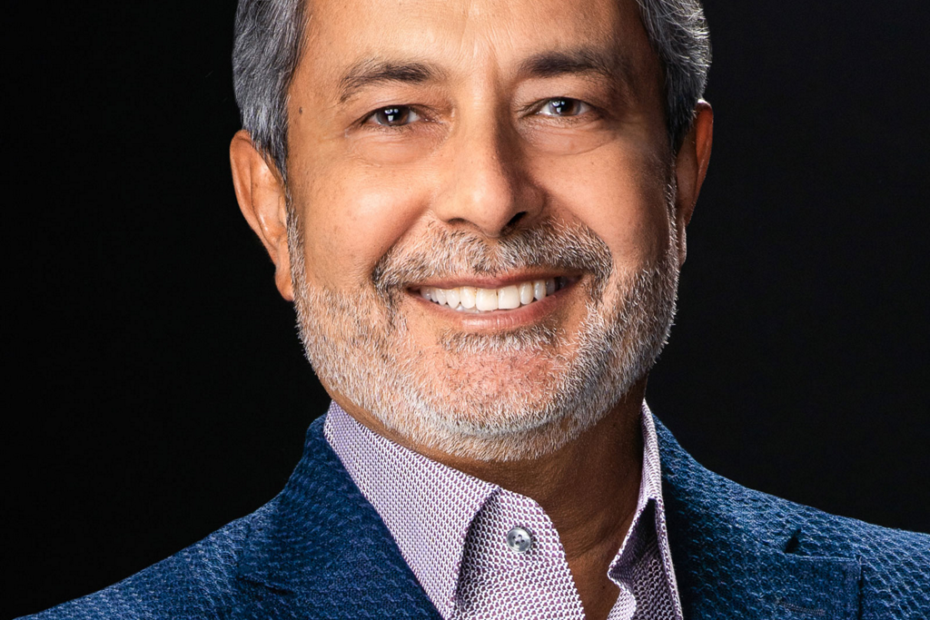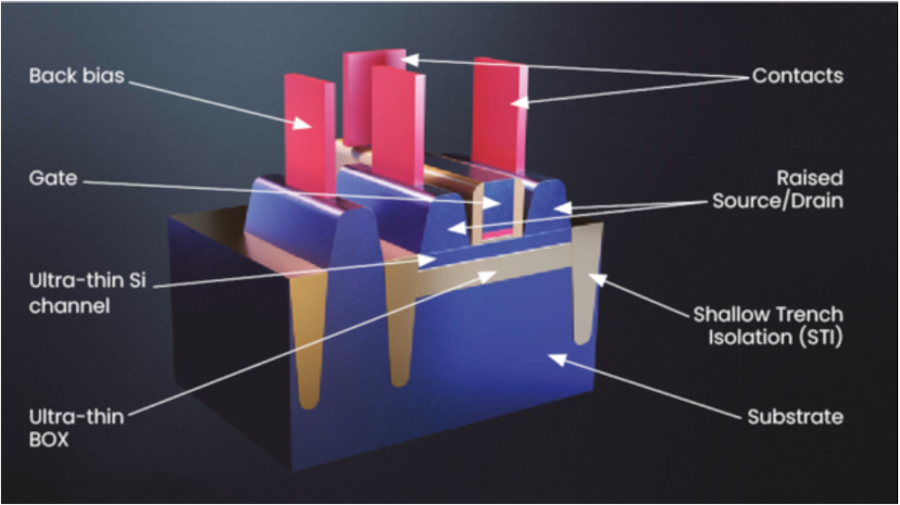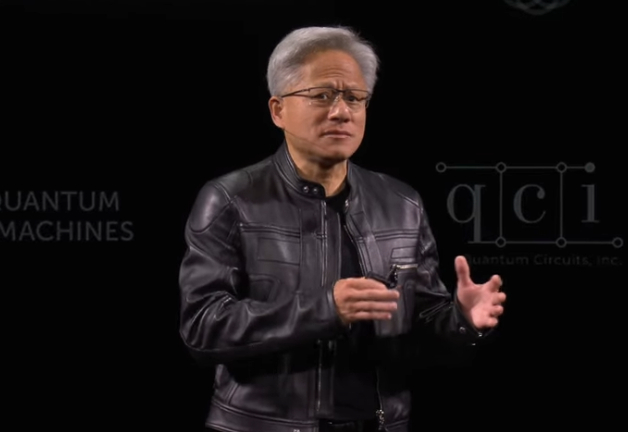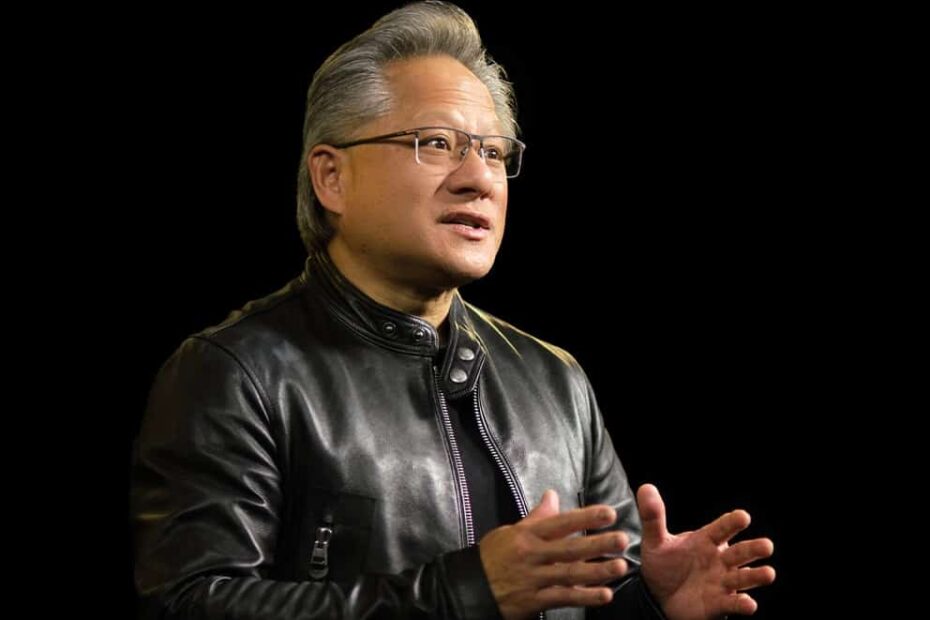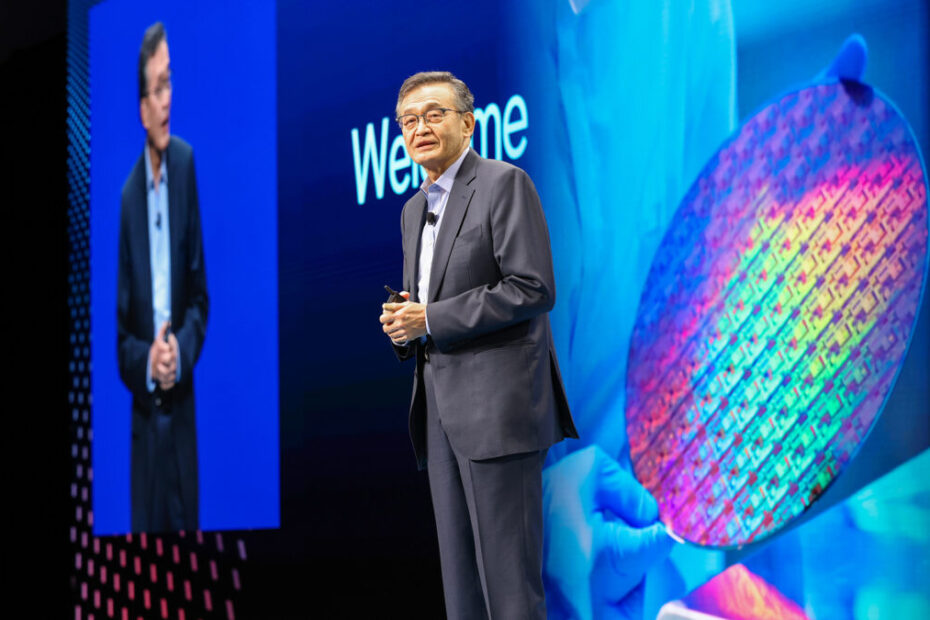Who Will Succeed Mehrotra as CEO at Micron?
By Bolaji Ojo
What’s at stake: Sanjay Mehrotra, chairman, president, and CEO, of Micron Technology, is 66 years old, well passed the retirement age at the semiconductor memory supplier. We ask: Who will succeed Mehrotra whenever he retires, which can be anytime from now? The list is short for such an important question, considering Mehrotra’s successor will inherit plans that include spending up to $200 billion on new fabs in a market notorious for irregular cycles.
At 66 years old, Sanjay Mehrotra is the oldest chief executive Micron Technology has had since it was founded 47 years ago. Prior to Mehrotra, the company’s leaders either retired or died in office before they were 60.
Mehrotra and Micron have not indicated who is being prepped to succeed the long-term semiconductor executive, but that question cannot be far from the minds of the management, board of directors, and investors. Micron occupies a unique position in the global semiconductor business, being one of the top 5 memory IC vendors, and a key vendor to the rapidly growing artificial intelligence sector.
Whoever takes over at Micron from Mehrotra will inherit a series of mega tasks. The new CEO will have to figure out how to finance the company’s huge spending plan, meet stringent American conditions for CHIPS Act-related grants and loan guarantees, beat, or at least match, stiff and growing competition from the likes of Kioxia, Samsung Electronics, SK Hynix, and Western Digital, and plan for the industry’s next numbing downcycle.
Read More »Who Will Succeed Mehrotra as CEO at Micron?
